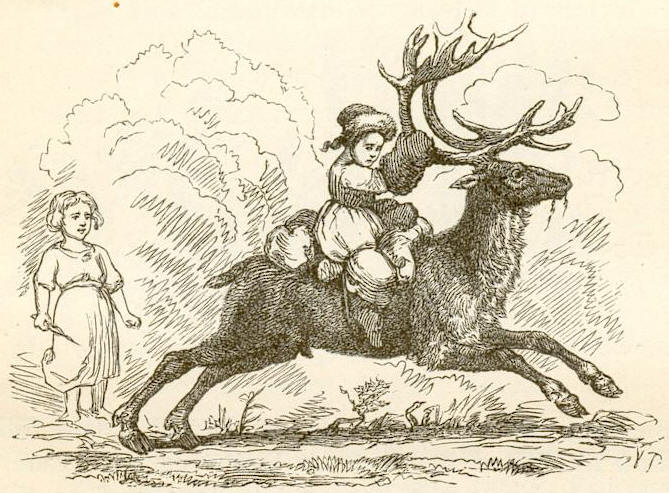
“the opposites of things are always very close. There is no humor without death, and the consolation for death is black humor.”
Material that metaphorical knots can be made of:
Images from Childhood
Mother
Dust
I was at a birthday party recently where the children played “Pass the Parcel.” They sat in a circle, and passed around a box colorfully wrapped many, many times. The way the game works is that music is played, the box is passed, and the child the music stops at unwraps ONE layer. This goes on until the whole box is unwrapped and a plastic toy or candy spills out. I watched this game, and as I watched I couldn’t help imagining an endlessness of wrapping. Hours go by, then days, then years. The children grow older. The house gets dusty. Cobwebs are spun. Parents die. But the game goes on. Layer after layer. There is so much wrapping. And as many times as the music stops it begins again. The box grows smaller, but never small enough. The children are old now. Something is inside the box, but each layer only reveals another layer. One old child whispers to another, “I love you.” Another old child writes a book. Another old child grows a beard.
Elizabeth McCracken was at this party. Not the party party, but the party inside my head. It might’ve even been she who wrapped the parcel. Or combed the old child’s beard. Or kept the music playing. What I do know with certainty is she believes in this party. In the old children. In the cake never being served, the candles never being blown out. She believes in the strange and terrifying and beautiful passage of time. This is why she is one of my favorite writers on earth. She knows what keeps everything going is all we cannot see.
—Sabrina Orah Mark
ELIZABETH MCCRACKEN: What do the children in Wild Milk have to do with your own children? I guess I’m trying to ask myself a question at the same time. I write more about children now that I have them than I ever did. But I am adamant that I never write about my children. I wonder how having children has shifted your actual writing practice.
SABRINA ORAH MARK: While writing Wild Milk little pieces of my boys got snagged on the children, the trees, the mothers, the weather, the snails, even the jokes in my stories. Because my boys are about 144% of my air there was no way I was getting out of a story alive without leaving behind (like a note in the crack of a wall)...
You have reached your article limit
Sign up for a digital subscription and continue reading all new issues, plus our entire archives, for just $1.50/month.
Already a subscriber? Sign in




